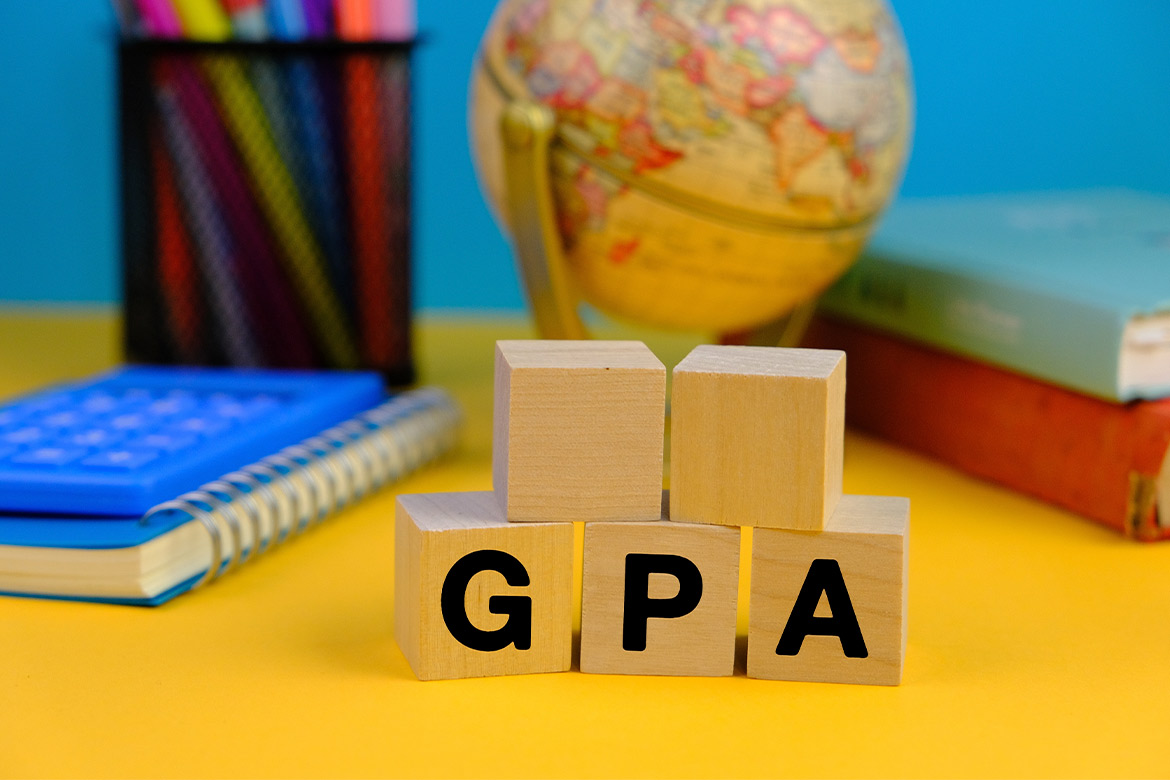07.14.2025
Texas Teacher Certification: A Guide for New Yorkers

Every year, increasing numbers of New York educators are trading the Big Apple for the Lone Star State. This trend is fueled by Texas’s booming education sector, with the Texas Education Agency projecting over 130,000 new teaching positions in the next decade. The state’s teacher shortage creates abundant opportunities for qualified educators, particularly in urban and rural districts.
Comparing the Teaching Environments: New York vs. Texas
Although both states offer rewarding opportunities for educators, the teaching environments in New York and Texas differ notably due to economic factors, governance models, student demographics, and professional structures. These contrasts can influence everything from classroom experience to long-term career satisfaction.
| Aspect | New York | Texas |
| Salary & Benefits | Generally, higher teacher salaries and more comprehensive benefits | Competitive salaries but lower overall than NY; balanced by no state income tax |
| Cost of Living | High, especially in metropolitan areas like NYC | Significantly lower housing and living costs across most cities |
| Education Governance | Centralized state oversight with standardized policies and curricula | Greater local control by Independent School Districts (ISDs), allowing for varied policies. |
| Standardized Testing | Emphasis on Regents Exams and Common Core assessments | STAAR system is unique to Texas; testing is aligned to state standards |
| Student Population Growth | Relatively stable or declining in some areas | Rapidly increasing enrolment; 19% growth over the past decade |
| Diversity in Classrooms | Highly diverse in urban centers, growing in rural regions | Broad diversity across rural, suburban, and urban areas, driven by population growth |
| Classroom Autonomy | Curriculum decisions are often made at the state level | Teachers often have more flexibility due to localized control |
| Career Advancement | Strong graduate program networks and tenure systems | Growing mentorship and leadership programs, but less formalized tenure tracks |
Transitioning between states isn’t automatic. Despite reciprocity agreements, Texas does not directly accept New York teaching certificates without review. Understanding Texas teacher certification requirements is important before making this significant career move. The process involves:
- Credential evaluation
- Possible additional exams
- Specific application procedures
Texas Teacher Certification Requirements

As NY certification isn’t immediately transferable, all out-of-state educators to undergo a review of credentials to determine whether their certification, experience, and previous exams meet Texas standards. This process evaluates your qualifications against Texas requirements and determines what additional steps you may need to take.
Key Differences Between New York and Texas Certification
To better understand the certification process, here’s a comparison of key differences between New York and Texas teacher certification requirements:
To better understand the certification process, here’s a comparison of key differences between New York and Texas teacher certification requirements:
| Aspect | New York | Texas |
| Reciprocity Approach | Three pathways: Certificate Endorsement, Education Program Completion, Individual Evaluation | Single pathway through credentials review |
| Required Exams | New York State Teacher Certification Exams | Texas Examinations of Educator Standards (TExES), including content-specific exams and Pedagogy and Professional Responsibilities (PPR) |
| Processing Time | Varies by pathway | Up to 20 business days, longer during peak periods (March-October) |
| Application Fee | Varies | $164 (non-refundable) |
Eligibility Criteria for New York Teachers
To qualify for Texas certification, you’ll need to meet several basic requirements:
- Education: A bachelor’s degree from an accredited institution with a minimum GPA of 2.5 overall or in the last 60 semester hours.
- Exams: While you may qualify for exemptions based on your experience and prior testing, many New York teachers still need to take certain Texas exams. The main test is the TExES Content Exam for your specific teaching area, of which Texas offers over 25 options. Additionally, the Pedagogy and Professional Responsibilities (PPR) exam is required for all teaching certificates.
- Background Checks: All educators must undergo a criminal history background check before receiving certification in Texas. Certain criminal convictions may affect eligibility.
Depending on the results of your credential review, you may be required to complete additional preparation coursework before certification is granted.
Steps for New York Teachers to Obtain Texas Certification

Once you’ve decided to make the move to Texas, transferring your New York teaching credentials involves a specific process through the Texas Education Agency (TEA). Unlike some states with full reciprocity, Texas requires a thorough review of your existing certification.
Follow these steps to obtain your Texas teaching certificate:
- Create a TEAL account: Begin by creating a Texas Education Agency Login (TEAL) account on the TEA website.
- Apply for credential review: Navigate to the “Out of State Certified Applicants” section and select “Review of Credentials from Another State or US Territory”.
- Submit required documentation: Upload your New York teaching certificate (even if expired), official transcripts showing your conferred degree, and any additional certification exam scores.
- Pay application fees: Submit the non-refundable credential review fee of $164.
- Await review results: TEA typically responds within 20 business days, though it may take longer during peak application periods (March-October).
- Complete required exams: Based on the review, you may need to take Texas-specific exams, such as the appropriate TExES Content Exam ($58-$116) and the Pedagogy and Professional Responsibilities (PPR) Exam ($116).
- Apply for certification: After passing the required exams, complete your application by submitting fingerprints ($50) and paying the certificate application fee ($78).
The entire process typically takes 2-3 months, depending on how quickly you complete the exams. For exam preparation, consider using study resources with TeacherBuilder and taking practice tests to familiarize yourself with the format.
Will I Need to Take Educator Preparation Courses in Texas?

In many cases, certified New York teachers can transfer to Texas by completing the credential review process and any required exams. However, depending on your specific background and certification area, the Texas Education Agency (TEA) may determine that additional training is needed before you can be fully certified.
This may include enrolling in a state-approved Educator Preparation Program (EPP) to complete coursework in areas such as pedagogy, classroom management, or Texas-specific curriculum standards. This step is most commonly required if:
- Your prior certification area doesn’t match an existing Texas certificate
- You haven’t taken an exam comparable to Texas’s Pedagogy and Professional Responsibilities (PPR) exam
- Your previous preparation program didn’t meet all Texas competency requirements
If this applies to you, TEA will include guidance in your credential review results outlining the steps you need to take. Completing an EPP is a common path for out-of-state teachers who need to supplement their training.
Texas offers a wide range of flexible certification programs, including online options. For example, TeacherBuilder.com provides a TEA-approved alternative certification program that lets you complete required coursework on your schedule, from anywhere. The program also offers one-on-one support, study resources, and classroom readiness tools to help you succeed in your first year.
Even if you’re not required to take educator preparation courses, enrolling in an EPP can be a smart way to strengthen your application and get classroom-ready, especially if you’re transitioning into a new subject area or haven’t taught in Texas schools before.
Tips for a Smooth Transition and Starting Your Teaching Career in Texas

Adapting to Texas school culture means understanding its emphasis on local control and standardized testing systems. Take time to review the Texas Essential Knowledge and Skills (TEKS) standards for your subject area, as these differ significantly from New York’s curriculum frameworks. The educational environment in Texas embraces both tradition and innovation, particularly in its rapidly diversifying student population.
For networking, connect with one of Texas’s 20 regional Education Service Centers, which provide professional development and resources for teachers. Many districts also offer mentorship programs specifically designed for out-of-state educators. TeacherBuilder provides resume & interview webinars, and access to exclusive job-placement teams that assist candidates in finding local teaching positions.
Get access to free resources TExES exam preparation with TeacherBuilder, and consider organizing your study plan with scheduled practice tests. Remember that processing times for certification can extend beyond the standard 20 business days during peak periods (March-October), so plan accordingly.
Before relocating, create a checklist including:
- Transferring your professional records
- Researching district-specific requirements
- Securing housing in your target area
- Connecting with teacher communities through social media groups
This preparation will help ensure your transition to Texas is as seamless as your classroom management.
Start a fulfilling teaching career in Texas. TeacherBuilder.com offers a streamlined pathway for New York educators to transition smoothly into Texas classrooms. With our online alternative certification program, you can access the curriculum anytime, anywhere, and receive support from our dedicated team through your first year of teaching. Whether you’re a seasoned educator or just starting out, Texas presents abundant opportunities due to its growing demand for qualified teachers. Begin your journey today and transform your teaching aspirations into reality. Apply now and take the first step towards your new career in Texas!
FAQ: Texas Teacher Certification for New York Educators: Additional Topics
- Can I teach while my Texas certification is being processed?
In some cases, you may be eligible for a temporary one-year certificate if you’re waiting on test results or credential reviews. This allows you to begin teaching while completing the requirements. - Are there relocation incentives or signing bonuses in Texas districts?
Yes, many Texas school districts, especially in high-need or rural areas, offer signing bonuses, relocation stipends, or housing assistance to attract out-of-state teachers. - How does Texas treat master’s degrees or advanced certifications from New York?
While Texas recognizes graduate degrees, they do not automatically influence your certification level. However, they may boost your salary in certain districts. - What is the demand like for specific subject areas in Texas?
High-demand fields include bilingual education, special education, STEM (math and science), and career/technical education. These often offer additional incentives or fast-track hiring. - Are union protections available in Texas like in New York?
Texas is a right-to-work state and does not have collective bargaining rights for teachers. Teacher associations exist but lack the same bargaining power as unions in New York. - Will I need to recertify after a certain period in Texas?
Yes. Standard teaching certificates in Texas must be renewed every five years through continuing professional education (CPE) hours (150 hours per cycle). - What is the school calendar like in Texas compared to New York?
Texas districts have flexibility in setting their school calendars, though most start in August and end in May. This may differ slightly from New York’s schedule and affect vacation planning. - Can I transfer back to New York easily if I change my mind?
Returning to New York may require reapplying for certification if your Texas experience doesn’t align with current NYSED standards. Keep your New York credentials active, if possible, to ease the process.
This article does not constitute legal or government advice. Certification requirements are subject to change. Always consult the official Texas Education Agency (TEA) for the most current information.




